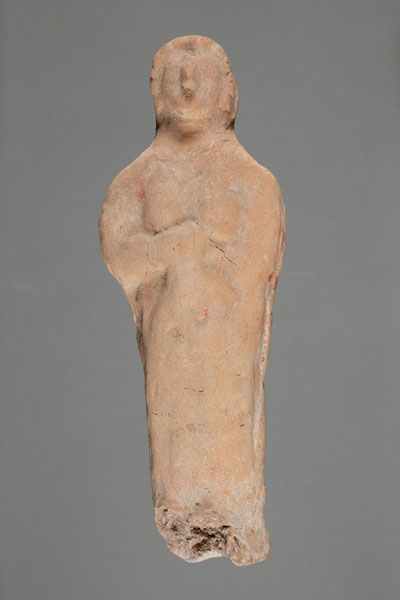The process of creating a plaster copy has not changed greatly over the past two thousand years.
- First a frame of two parts, made of terracotta or wood, was created to enclose the object being copied.
- Next, a protective layer such as wax, oil or soap was applied to the object being copied to stop the original from being damaged.
- A mold material, such as plaster or clay was then placed around the original sculpture.
- When dried, the mold was separated from the original sculpture, leaving a reversed image of the original sculpture in the mold.
- To make a copy, the two halves of the empty mold were resealed in the frame, and plaster was poured into it.
- After casting, the plaster was baked until it held the required shape.
Plaster’s lasting popularity as a medium arises from its versatility. When it is wet it is extremely malleable, which results in a good replica of the original sculpture. If the original sculpture is very large, sometimes the limbs and additional features are cast separately. However, it can be difficult when joining the separately cast limbs to the torso, as the seams are obvious and therefore the artist must attempt to eradicate any joining lines.
Flaws can also occur when the mould has been used so much that the pattern becomes shallow or worn. When this happens, the later copies of the original are not as well defined as the first copy.

